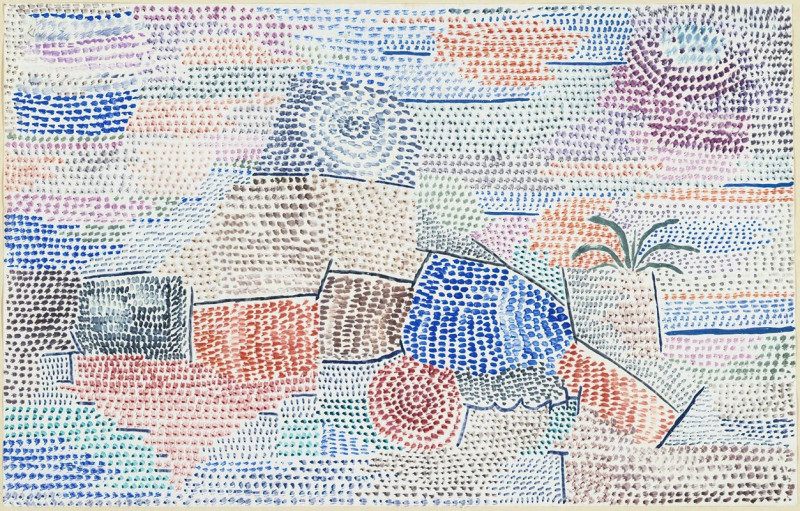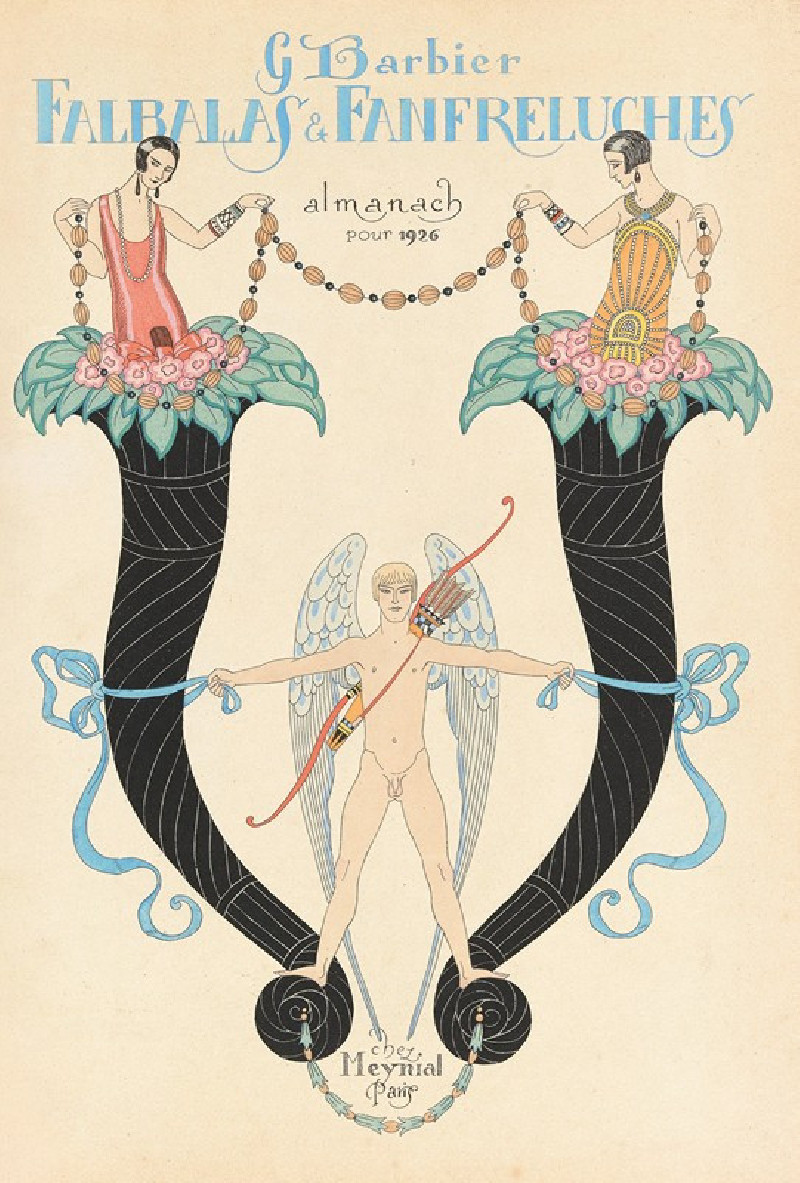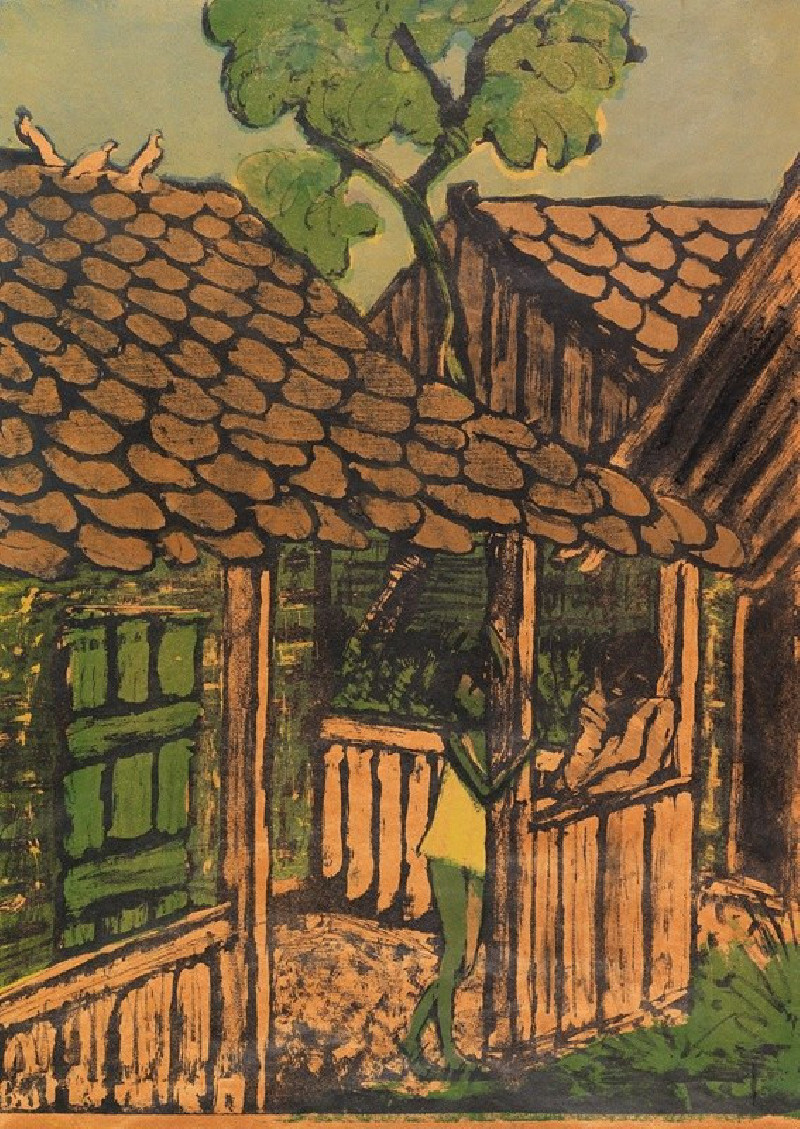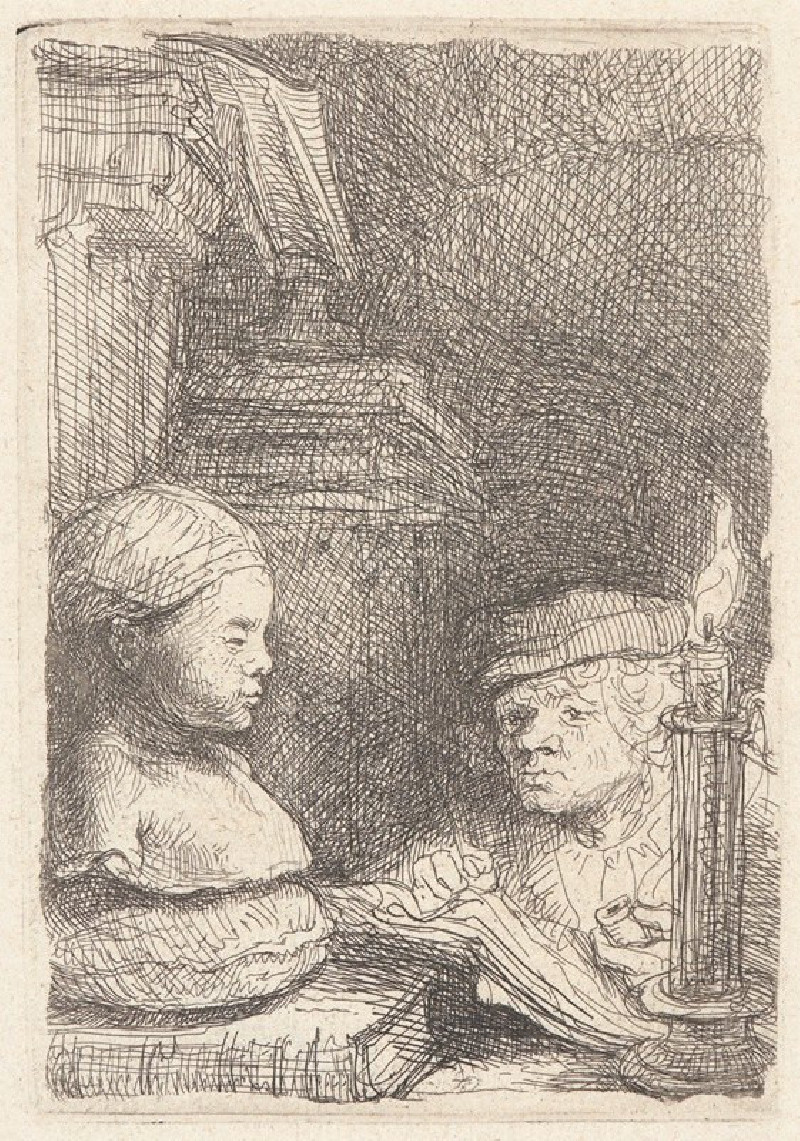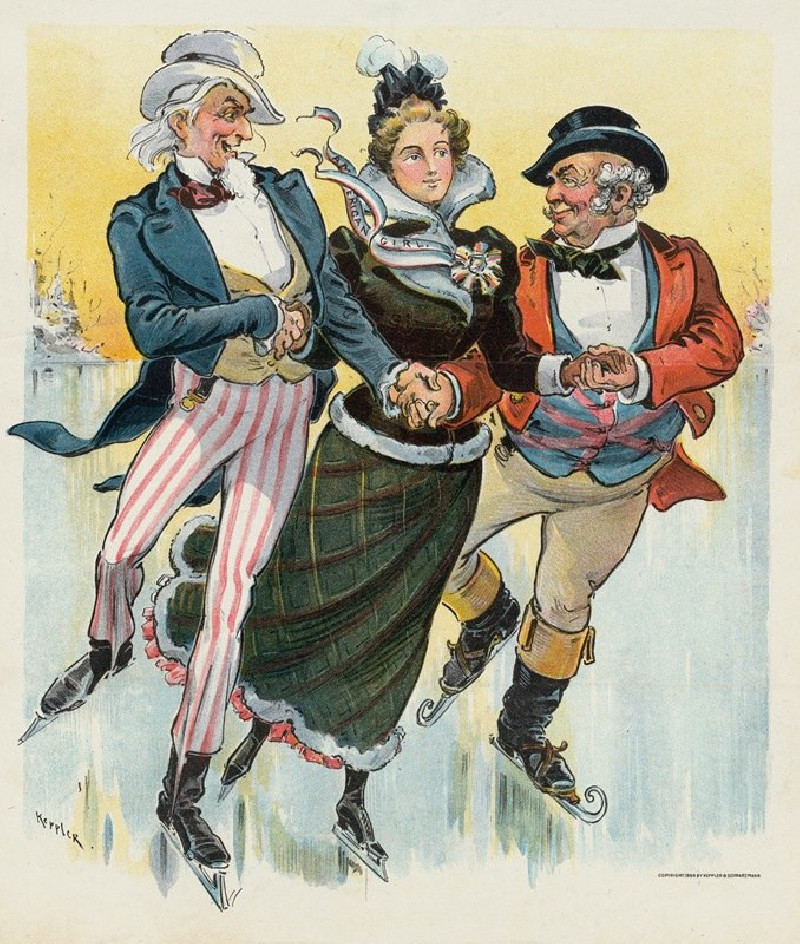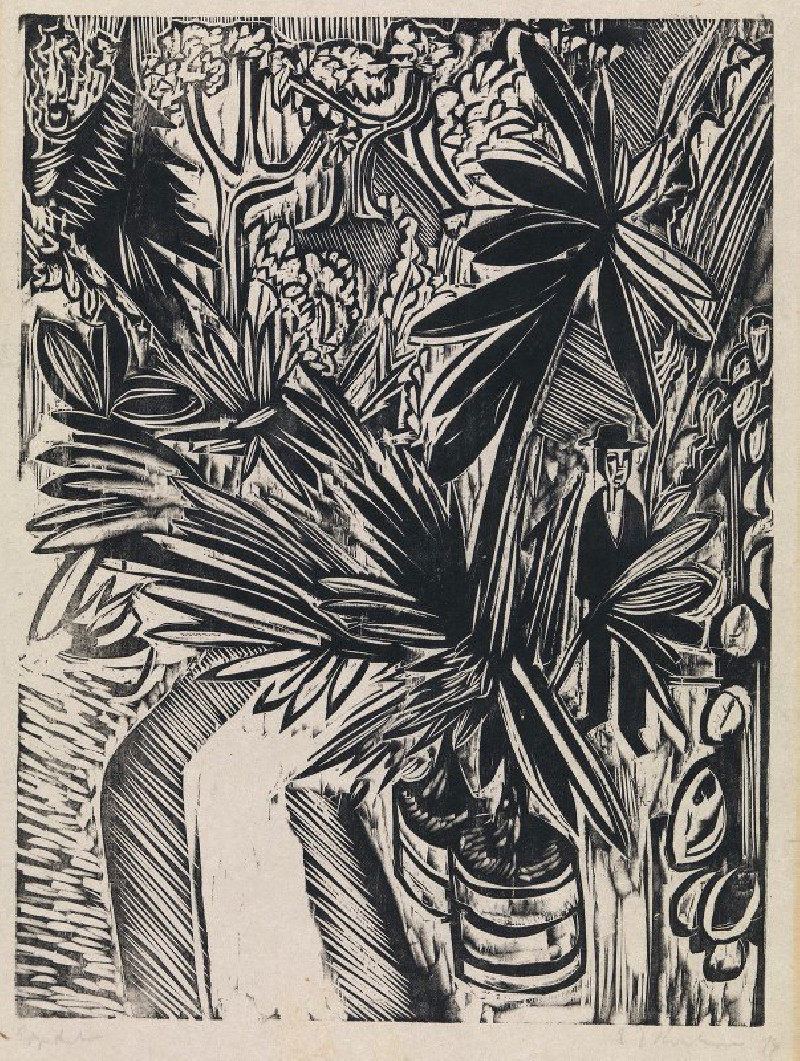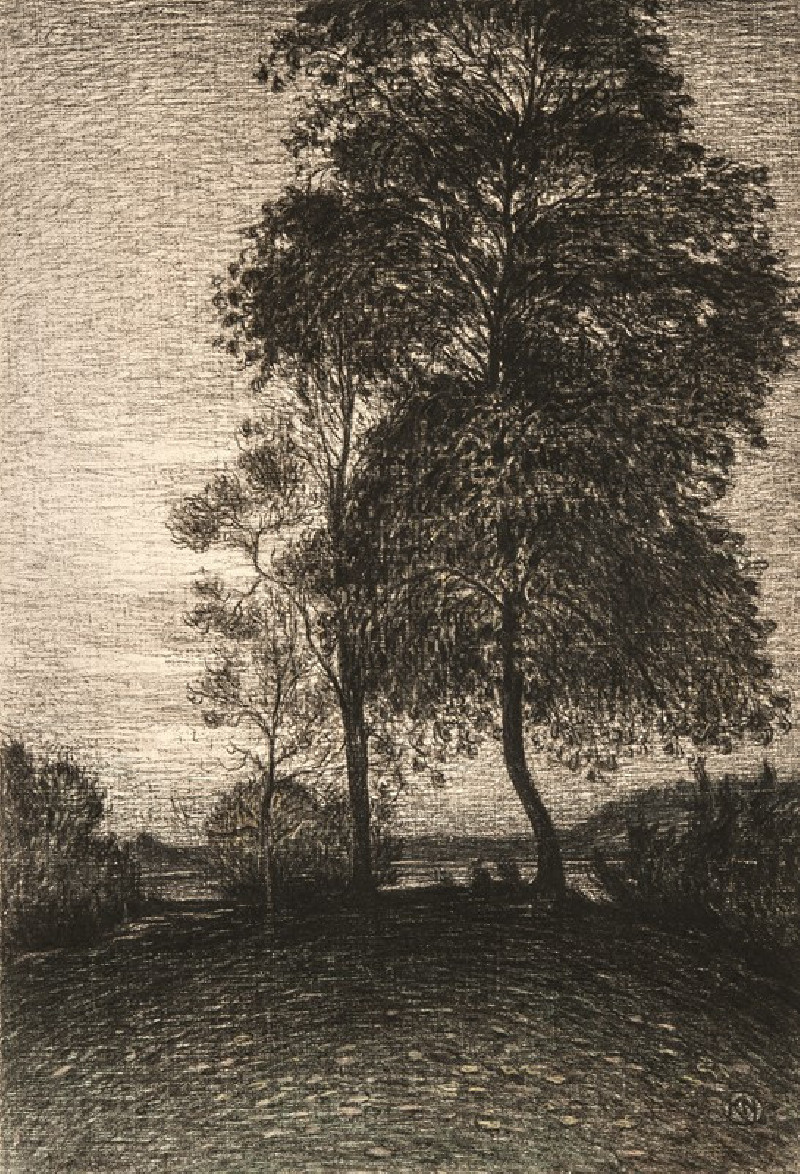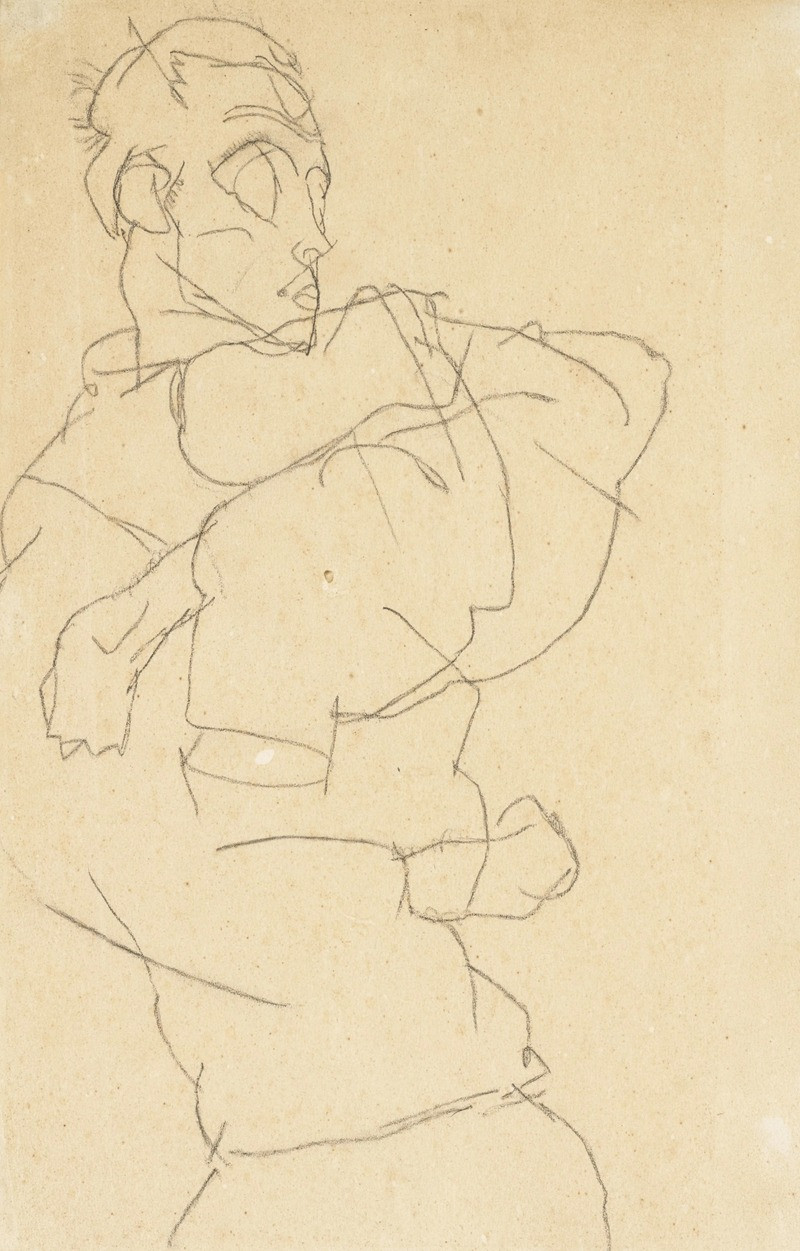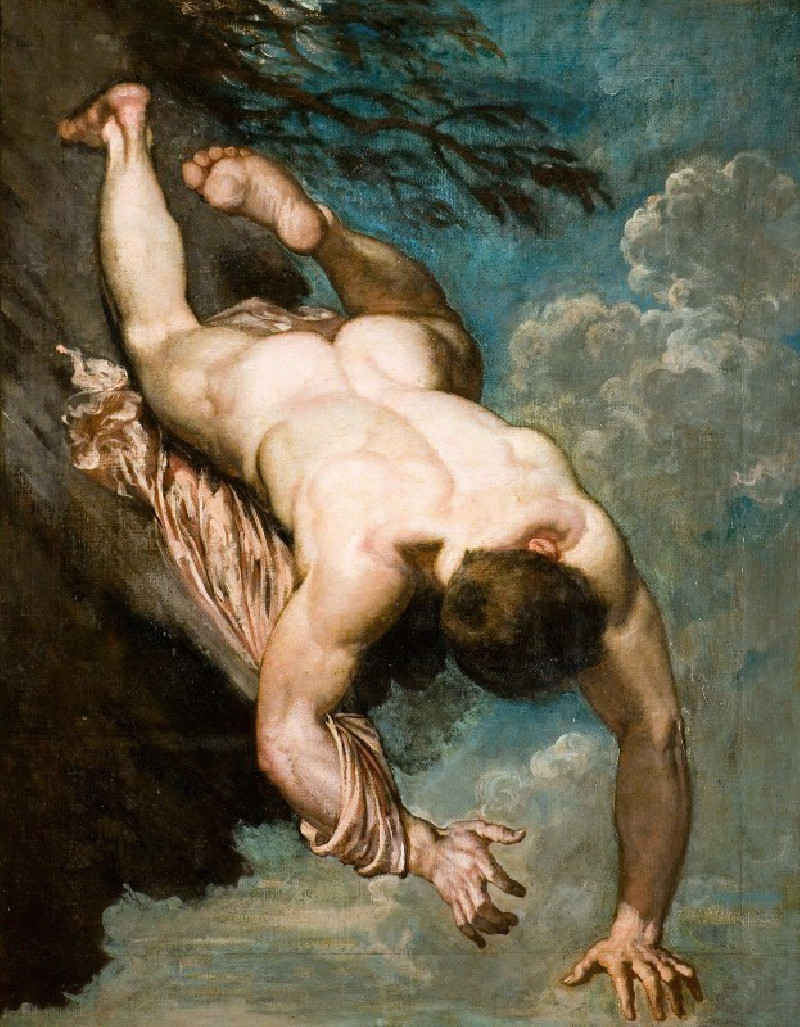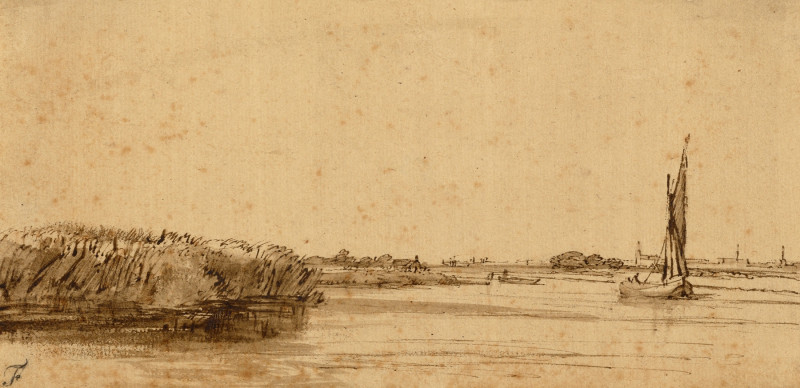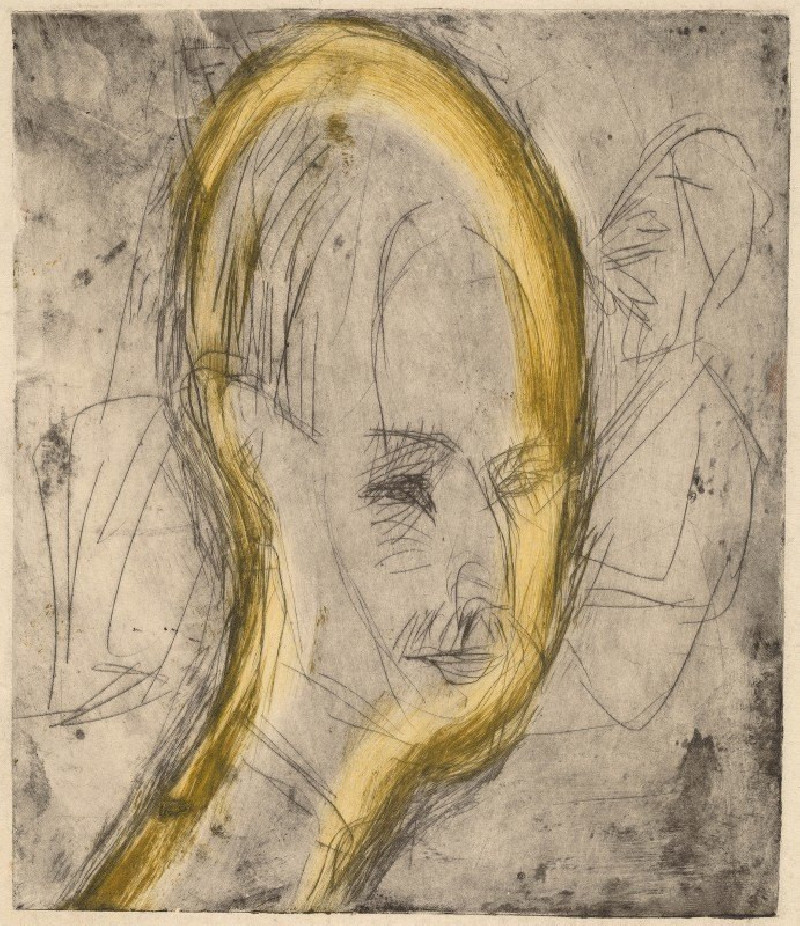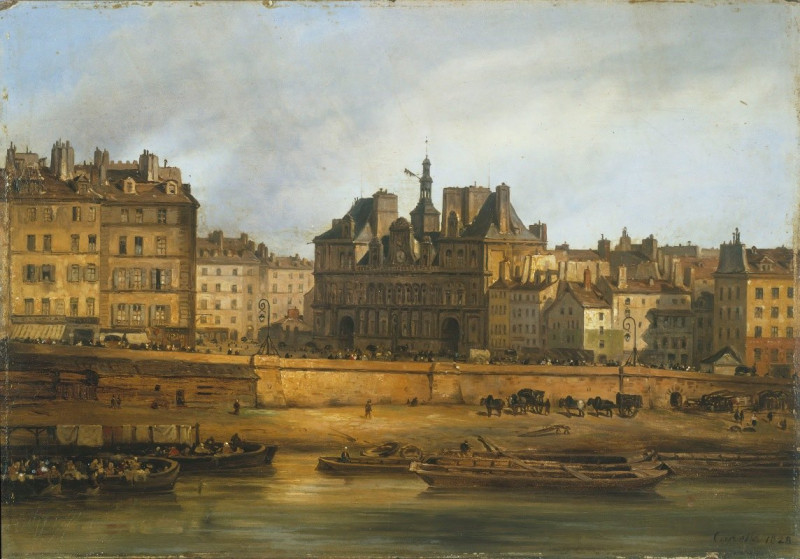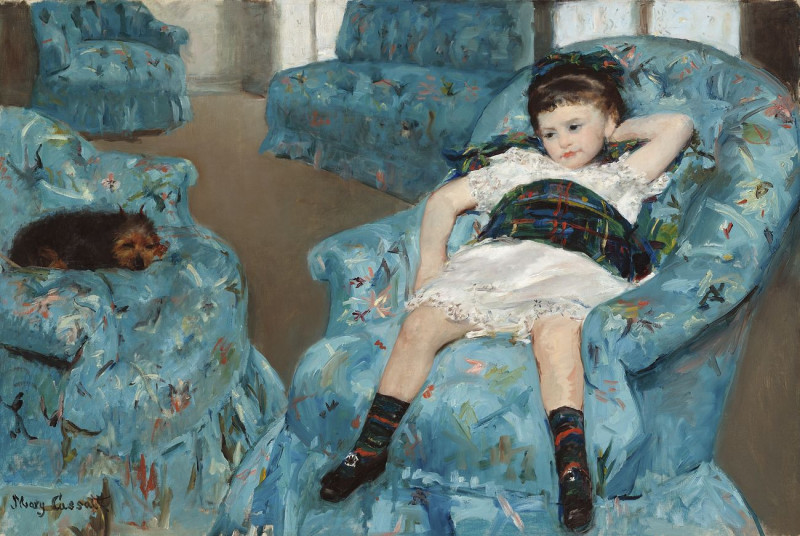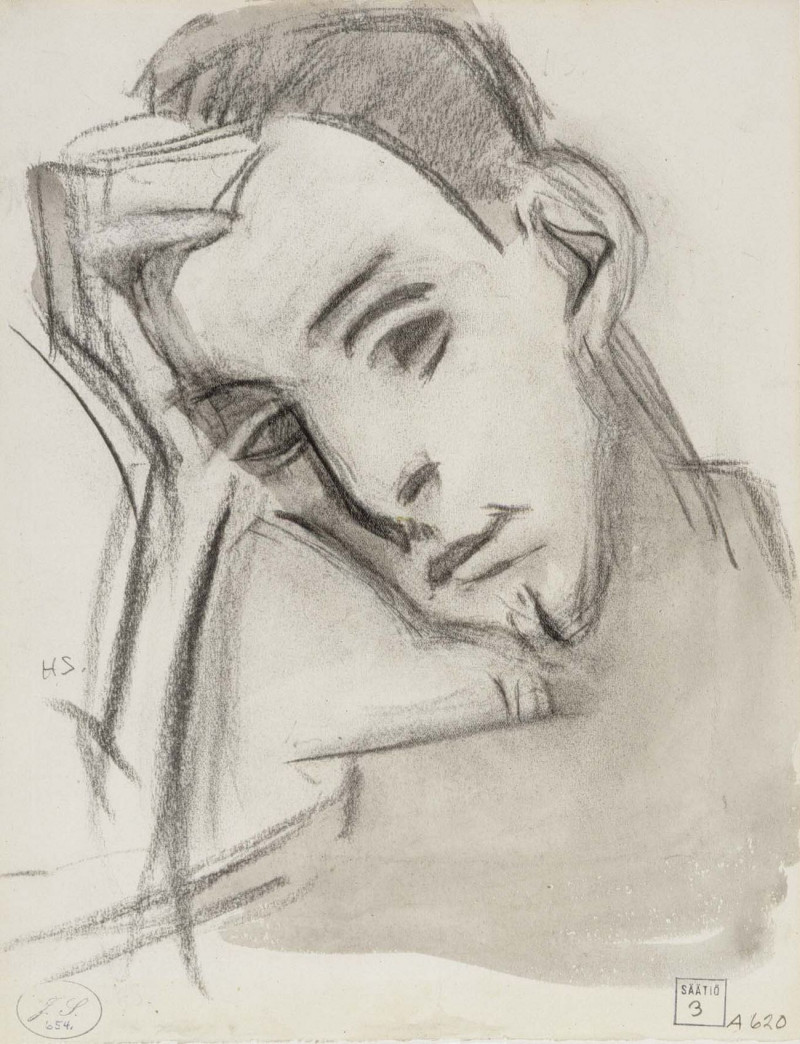Licht über Ehedem (Light over former times) (1933)
Technique: Giclée quality print
Recommended by our customers
More about this artwork
Licht über Ehedem (Light over Former Times) by Paul Klee, painted in 1933, is a captivating exploration of abstracted landscapes and the interplay of light and texture. This artwork exemplifies Klee's mastery in using color and form to evoke emotional depth and complex narrative layers within his works.The painting showcases a myriad of intricate, dot-like brushstrokes that coalesce into a vibrant mosaic of colors, suggesting a landscape seen from a high vantage point. The upper portion of the canvas is dominated by a variety of blues and violets blended into whites and grays, possibly depicting the sky or a body of water reflecting the light. This area evokes the ephemeral quality of light itself, an ever-changing vista that symbolizes the passage of time and the transformation of nature.Below, the composition becomes denser with warmer colors like reds, oranges, and earth tones, suggesting the terrestrial elements of the landscape. These sections might represent fields, hills, or other topographical features, segmented and abstracted into geometric forms.A notable feature in the lower right-hand corner of the painting includes a segmented, plant-like form. This element stands out with its more defined shape and darker outlining, drawing the viewer’s eye as a focal point among the more diffusely patterned surroundings. It serves as a reminder of the organic life that inhabits and shapes this abstract landscape.Overall, Licht über Ehedem is a beautiful representation of Klee's unique ability to fuse abstract composition with suggestive naturalism, inviting viewers to interpret the scene through their perspectives while reflecting on the nature of light and time's impact on the physical world.
Delivery
Returns
Paul Klee was a Swiss-born German artist. His highly individual style was influenced by movements in art that included expressionism, cubism, and surrealism. Klee was a natural draftsman who experimented with and eventually deeply explored color theory, writing about it extensively; his lectures Writings on Form and Design Theory (Schriften zur Form und Gestaltungslehre), published in English as the Paul Klee Notebooks, are held to be as important for modern art as Leonardo da Vinci's A Treatise on Painting for the Renaissance.

